
Table of Contents
Making Sense of a Wall of Words: Teaching Reading and Listening
For many language learners, being presented with a full page of text or a 4-minute audio clip can be incredibly intimidating. Their instinct is often to try and understand every single word, which quickly leads to panic and overload. As teachers, our job is to show them that’s not necessary. In real life, we read and listen for different purposes, and replicating this in the classroom is the key to effective receptive skills lessons.
The two most fundamental purposes we focus on are gist and detail.
What is Gist? Understanding the Big Picture
Reading or listening for gist (also called skimming) is about understanding the main idea or the overall message without getting bogged down in the specifics. Think of it like looking at a movie poster. You get the genre, the main actors, and a general feeling for the film, but you don’t know the plot scene-by-scene.
I often see my trainees design tasks where the first question asks about a tiny detail from the third sentence. This immediately forces the student into a “panic-read,” trying to find one specific word. Instead, I advise my trainees to always start with the big picture. A good gist task encourages learners to relax and simply get a general feel for the text.
Examples of good gist tasks:
- Reading:
- Is this restaurant review positive, negative, or mixed?
- Which of these three headlines best summarizes the article?
- Listening:
- Is this a conversation between friends, colleagues, or a customer and a shop assistant?
The goal is to build confidence. By achieving a simple, top-level task first, learners feel ready to tackle the text again.
What is Detail? Zooming in for Specifics
After understanding the gist, we can move on to reading or listening for detail (also called scanning). This is where we look for specific pieces of information. It’s like checking the cinema listings to find the exact showtime for the movie whose poster you just saw. You ignore all the other film titles and times and scan only for the information you need.
Usually, my trainees are quite comfortable creating detail questions like True/False statements, comprehension questions (who, what, where, when), or gap-fills. The most important piece of advice I give them here is to ensure the questions follow the order of the text or audio. Scrambling the order turns a reading practice task into a frustrating memory test. We want to guide our learners through the text, not trick them.
Examples of good detail tasks:
- Reading: Answer the WH-questions about the news report.
- Listening: Are these statements True or False? Correct the false ones.
- Reading/Listening: Fill in the gaps in the table with information from the text/audio.
The Golden Rule: Gist Before Detail
The most critical takeaway is the staging. A receptive skills lesson should almost always follow this pattern:
- Pre-teaching vocabulary: Give learners the essential words they need to understand the text.
- Gist Task: The first time they read or listen. This should be a short, simple task to get the main idea.
- Detail Task: The second (and maybe third) time they read or listen. This is where they dig deeper for detailed and specific information.
Jumping straight to a detail task is like trying to find a specific house without knowing which city it’s in. The gist task provides the “city”—the context. Once learners have their bearings, finding the “house” becomes a much more manageable task.
When I review lesson plans, a common point for feedback is the merging of these two stages. I always advise my trainees to plan for at least two separate encounters with the text: the first for the main idea, and the second to uncover the details. By separating these skills, you are not only teaching your students how to read or listen more effectively, but you are also building a scaffold that makes your lessons more logical, engaging, and far less stressful for everyone involved.
Designing Gist and Detail Tasks
When designing tasks, I encourage my trainees to keep the following in mind:
For Gist Tasks:
- Keep it simple and broad – one or two questions are usually enough.
- Use questions that focus on main ideas, tone, or purpose, e.g. Is the speaker happy or disappointed?, What is the main problem discussed?.
- Avoid vocabulary-based questions or those that require an understanding of details.
- Give students a time limit to prevent over-focusing on individual words.
For Detail Tasks:
- Make sure the questions follow the order of the text to support comprehension.
- Ensure students are clear about what information they’re looking for.
- Allow time for pair-checking before feedback to encourage discussion and confidence.

Common Trainee Pitfalls
Some of my trainees tend to write gist tasks that are actually detail tasks in disguise, such as: Where did the speaker go after visiting Paris? Although this seems like a general question, it requires precise information and so belongs to the detail stage.
Another issue I often notice is teacher talk during the listening or reading stage. Trainees sometimes pause recordings or explain vocabulary mid-task. I remind them that during the gist or detail stages, students need uninterrupted exposure to the text. Any explanation or language clarification should come afterward, during the post-reading/listening phase.
Finally, some trainees forget to use clear task rubrics. I always tell them that the instructions for a gist task should signal the purpose: Don’t worry about every detail now – just try to understand the main idea. This reassurance helps learners relax and focus appropriately.
Final Thoughts
Teaching gist and detail effectively isn’t just about the tasks themselves; it’s about training learners to approach texts strategically. I advise my trainees to think of themselves as coaches, not examiners — their job is to model and scaffold how skilled readers and listeners operate.
When done right, receptive skills lessons become much more than comprehension checks. They become opportunities to develop awareness, confidence, and autonomy in language learning — qualities that last far beyond the CELTA classroom.
Learn More about teaching with my “CELTA Prep” course. This online course, created by experienced CELTA trainer Ahmad Zaytoun, offers practical strategies to help you prepare for CELTA. The course is useful whether you’re a CELTA trainee or an experienced teacher who wants to revise.




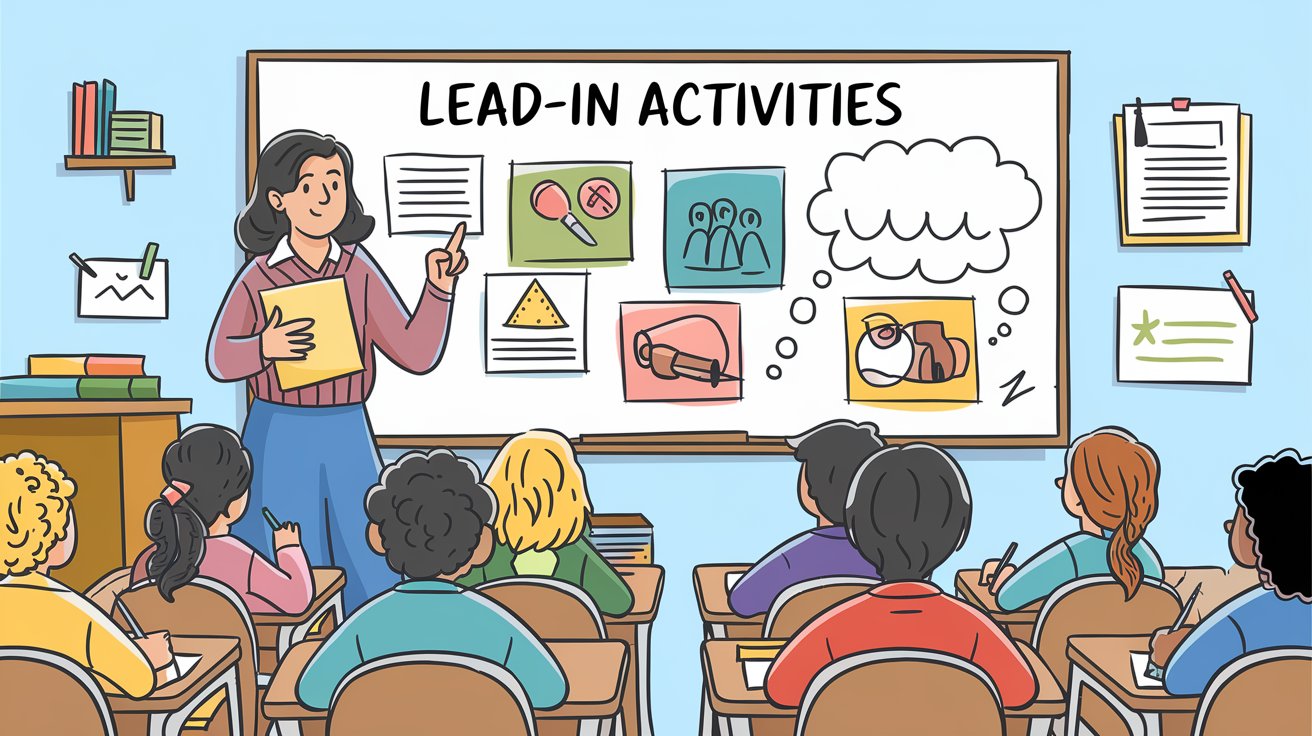
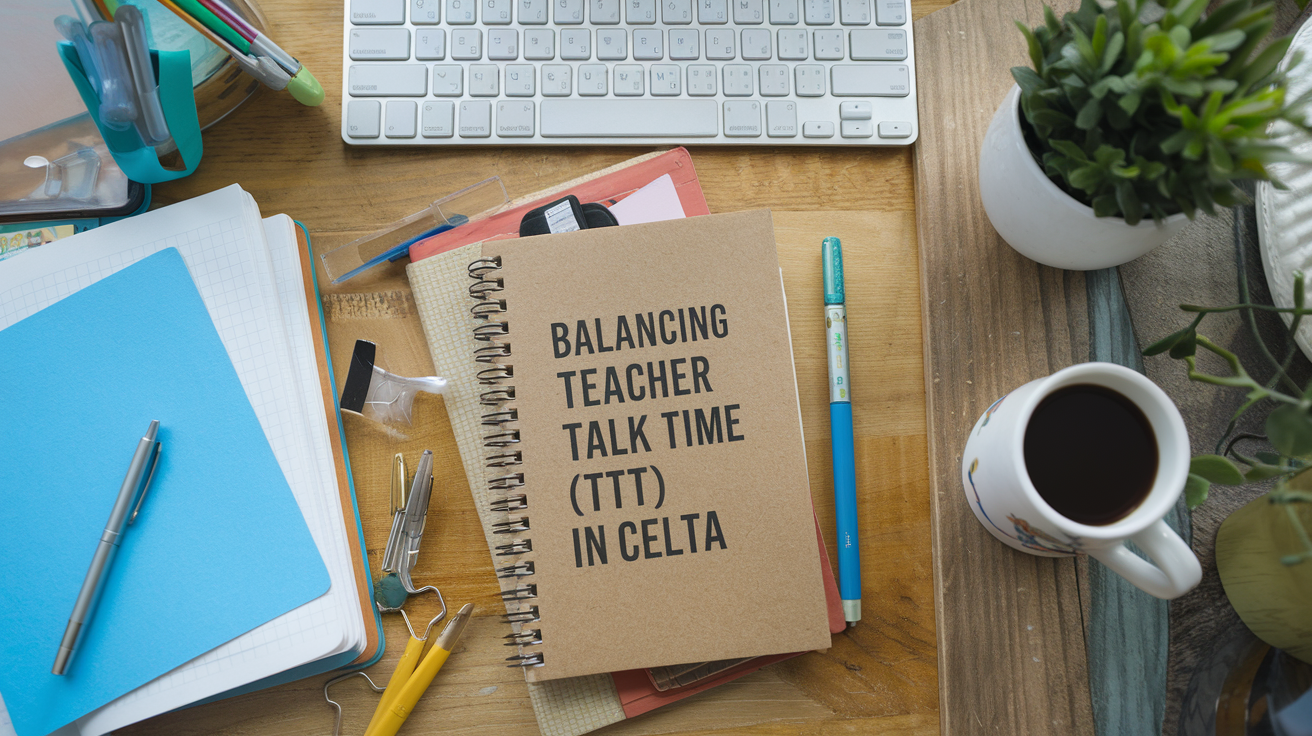

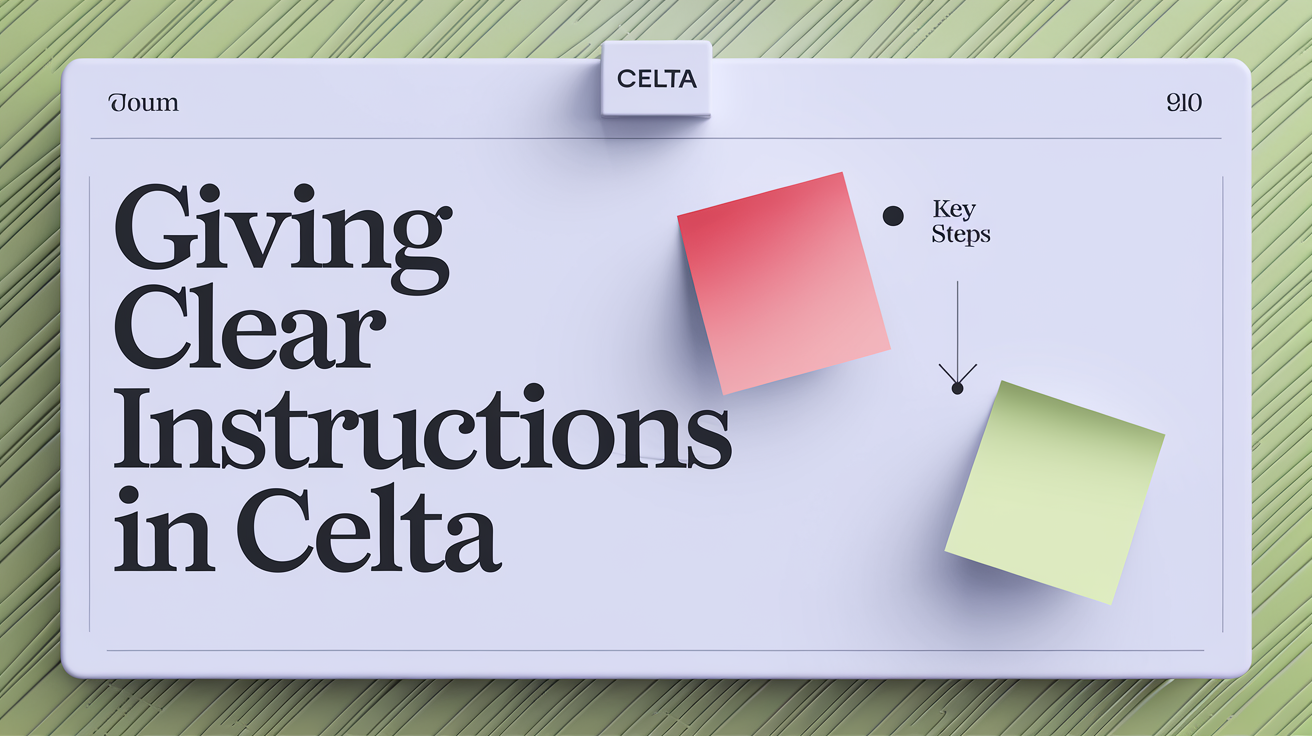
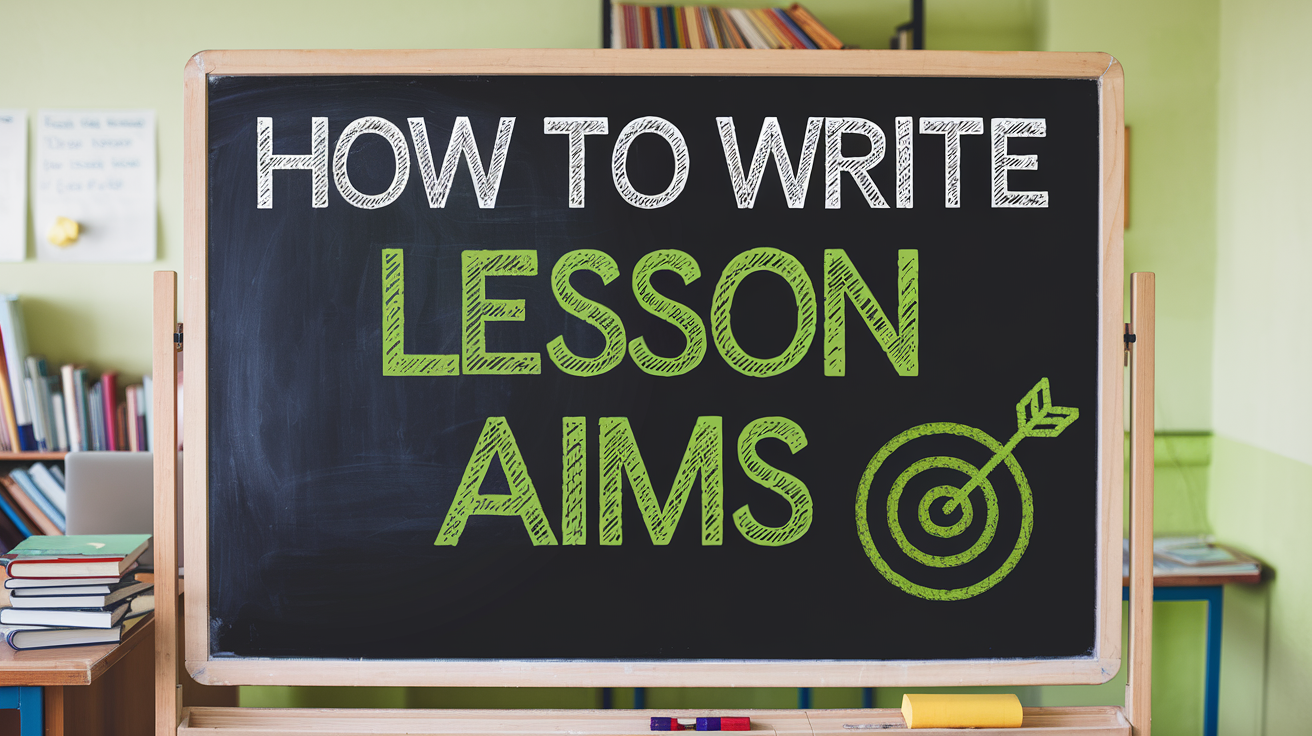
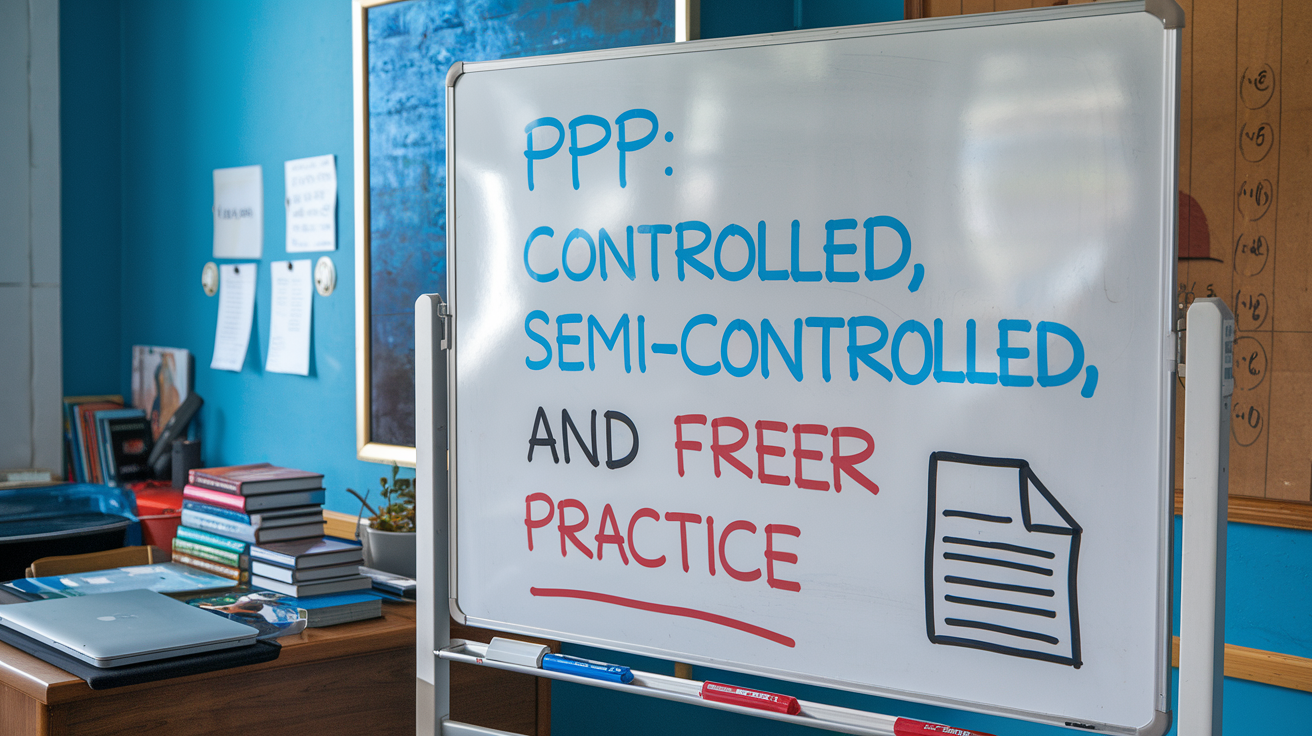
0 Comments